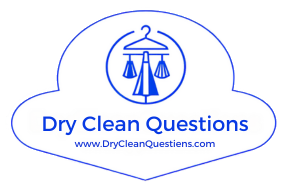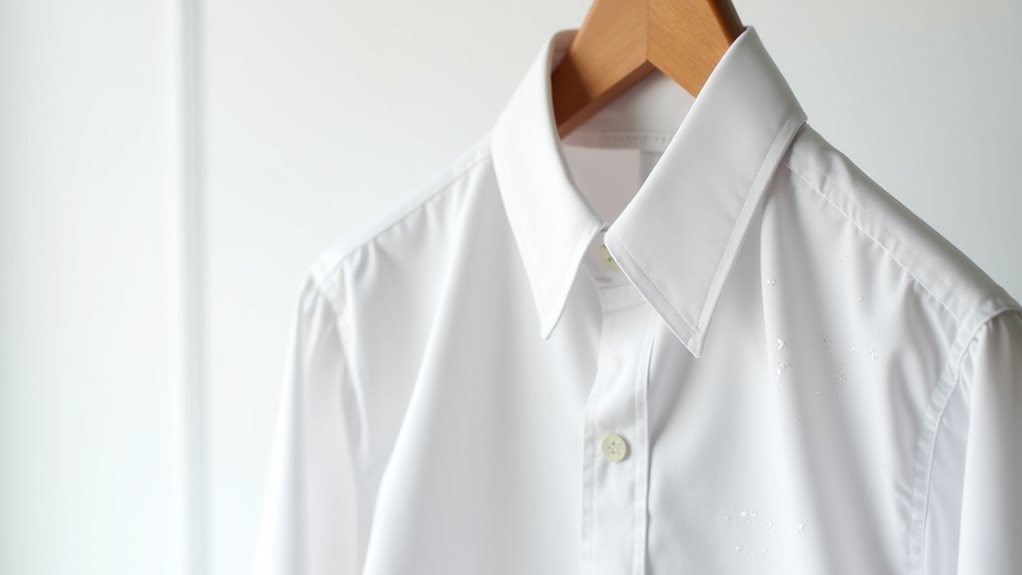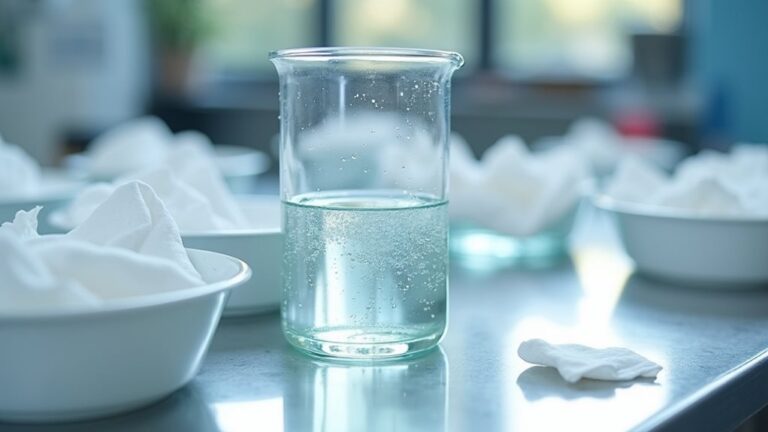Traditional dry cleaning can pose health risks since most facilities use PERC, a chemical the EPA classifies as a probable carcinogen that clings to fabric fibers and releases vapors when you wear freshly cleaned clothes. You might experience immediate symptoms like dizziness, headaches, or nausea, while long-term exposure links to bladder cancer and lymphoma. Even “eco-friendly” alternatives often contain neurotoxins, though professional wet cleaning offers safer options worth exploring further.
The Hidden Chemicals in Your Dry Cleaned Clothes
Have you ever wondered what lingers in those freshly pressed clothes hanging in your closet after a trip to the dry cleaner?
That fresh-from-the-cleaner smell might actually be toxic chemicals slowly releasing into your home and onto your skin.
Unfortunately, your favorite blazer might be harboring PERC, a toxic chemical that’s become the dirty little secret of the dry cleaning industry. This colorless solvent doesn’t just vanish after cleaning—it clings to fabric fibers like an unwanted houseguest, releasing vapors every time you wear those clothes.
Multiple trips to conventional cleaners actually increase these chemical levels, turning your wardrobe into a slow-release health hazard.
The EPA has classified PERC as a probable human carcinogen, linking it to serious health concerns including neurological problems and liver damage.
The good news? You’re not powerless here. Seeking out environmentally friendly dry cleaners who use safer alternatives can protect you from potential health issues while still keeping your clothes looking sharp and professional.
Health Risks of Perchloroethylene (PERC) Exposure
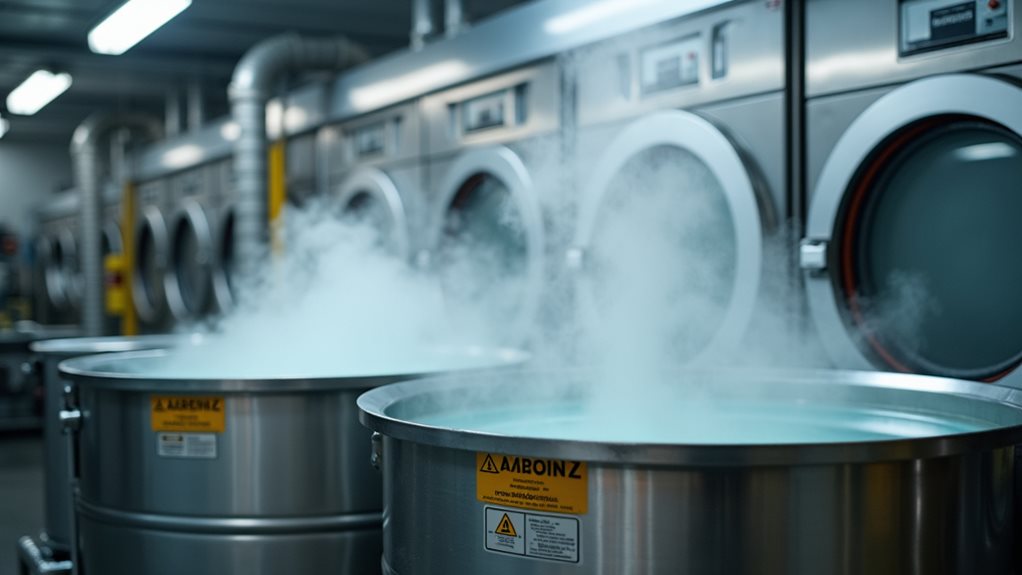
You might think that fresh-from-the-cleaner smell means your clothes are perfectly safe, but PERC exposure can hit you with immediate symptoms like dizziness and headaches that’ll make you wonder why you’re suddenly feeling like you’re on a wobbly boat 🤢.
What’s even scarier is that researchers have found troubling links between long-term PERC exposure and serious cancers, including bladder cancer and non-Hodgkin lymphoma, which honestly makes me think twice about how often I’m sending my favorite blazer to get cleaned.
The truth is, every time you slip on those freshly dry-cleaned clothes, you’re potentially exposing yourself to a chemical that doesn’t mess around when it comes to your health.
The risk is especially concerning because PERC residues can linger on your garments long after the cleaning process, particularly when clothes haven’t been given enough time to properly air out before you wear them.
Acute PERC Symptoms
When you walk into a dry cleaner and catch that sharp, chemical smell, you’re likely breathing in perchloroethylene vapors.
While a quick whiff probably won’t hurt you, prolonged exposure can trigger some pretty uncomfortable symptoms that nobody wants to deal with.
If you’re experiencing acute PERC exposure, your body won’t be shy about letting you know something’s wrong, and trust me, these health symptoms aren’t something you’ll want to ignore or tough out.
- Dizziness and headaches that feel like your brain’s swimming in fog
- Nausea and potential loss of consciousness in severe cases (yikes! 😵)
- Eye, skin, and respiratory tract irritation causing burning sensations
- Breathing difficulties that make simple tasks feel exhausting
Pay attention to these warning signs – your body’s basically waving red flags.
Beyond these immediate symptoms, PERC exposure poses serious long-term health concerns including neurological symptoms and potential carcinogenic effects that can develop over time.
Cancer Risk Links
While those immediate symptoms from PERC exposure are definitely unpleasant, the real concern lies in what researchers have discovered about this chemical’s potential to cause cancer over time.
Honestly, the findings are sobering enough that they’ve fundamentally changed how I think about my dry cleaning habits. The International Agency for Research on Cancer has classified PERC as a probable human carcinogen, which means there’s substantial evidence linking it to cancer development.
Studies have specifically connected prolonged exposure to bladder cancer and non-Hodgkin lymphoma, particularly among dry cleaning workers who face daily exposure in poorly ventilated spaces.
These health risks aren’t just theoretical—they’re documented patterns that should make all of us more thoughtful about our exposure levels. Fortunately, many dry cleaners have switched to safer alternatives like liquid CO2 or hydrocarbon solvents to reduce these health and environmental concerns.
Environmental Impact of Traditional Dry Cleaning Solvents
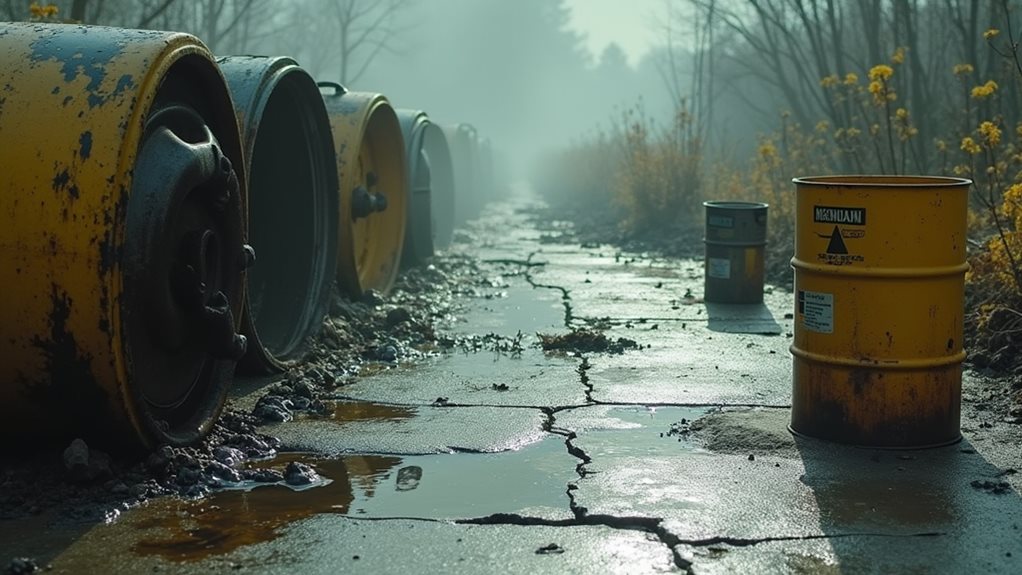
Beyond the potential health risks we’ve just explored, traditional dry cleaning solvents create a ripple effect of environmental damage that extends far beyond the confines of your neighborhood cleaning shop.
PERC, the most notorious of these cleaning chemicals, doesn’t just vanish after your clothes are cleaned—it lingers in our air for weeks, seeps into groundwater systems, and even contributes to ozone depletion.
Traditional dry cleaning fundamentally trades your convenience for long-term environmental consequences that affect entire communities.
Here’s what you should know about these environmental impacts:
- Air pollution persistence – PERC escapes ventilation systems and pollutes outdoor air for weeks
- Groundwater contamination – Drinking water safety becomes compromised in affected areas
- Ecosystem disruption – Plant life suffers, and local wildlife faces habitat degradation
- Ozone layer damage – Contributing to broader atmospheric problems beyond local pollution
The industry’s growing awareness of these environmental concerns has accelerated the adoption of safer alternatives like hydrocarbon solvents and wet cleaning methods.
Why “Eco-Friendly” Alternatives May Still Be Toxic
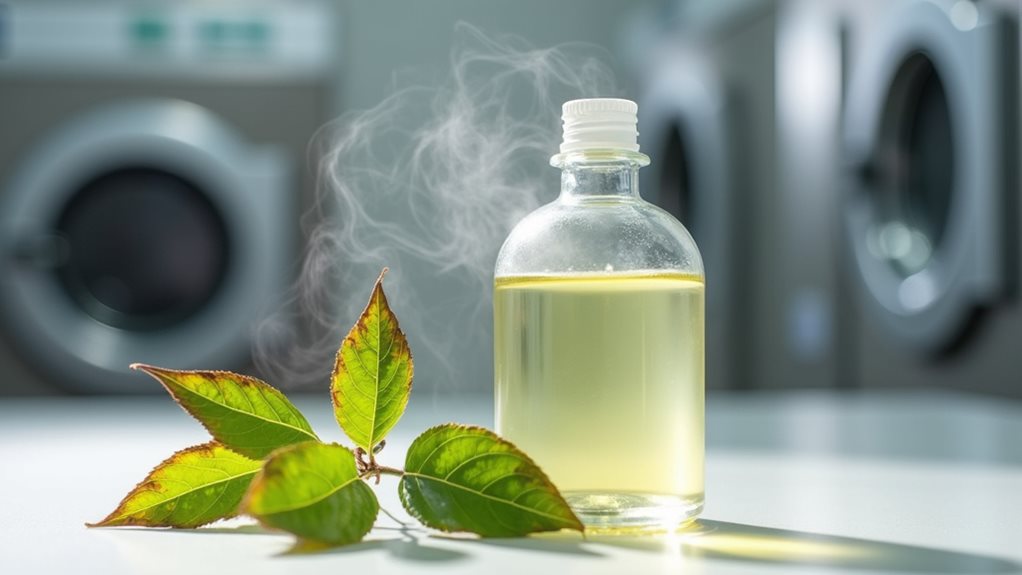
Although the dry cleaning industry has responded to health and environmental concerns by promoting “eco-friendly” alternatives, you’d be surprised to learn that many of these supposedly safer options still carry considerable toxic risks that could affect your health.
PERC alternatives like DF-2000 are actually classified as neurotoxins by the EPA, which honestly shocked me when I first discovered this 😅.
GreenEarth’s D-5 silicone, while marketed as eco-friendly, has completely unknown long-term health effects that scientists are still studying.
The real kicker is that many dry cleaning services labeled as “organic” use harmful solvents without proper disclosure, creating massive consumer confusion.
This misleading marketing makes it incredibly difficult for you to identify truly safe cleaning processes, so always ask about specific chemical compositions.
Other alternatives include hydrocarbon-based cleaners and liquid carbon dioxide, though these also come with their own sets of considerations for both cleaning effectiveness and safety profiles.
Professional Wet Cleaning as a Safer Option
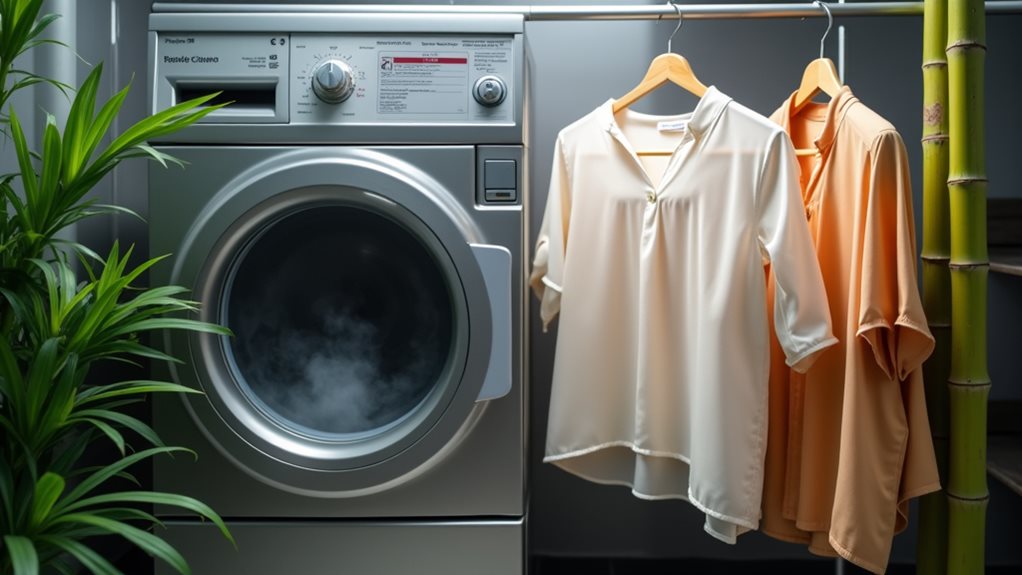
Since discovering all these troubling facts about supposedly “eco-friendly” dry cleaning alternatives, I’ve become passionate about sharing what I consider the most truly safe option available: professional wet cleaning.
Unlike traditional methods that rely on hazardous chemicals like perchloroethylene, this approach uses mild detergents and computer-controlled processes to gently clean even your most delicate “dry clean only” garments.
What makes professional wet cleaning so appealing:
- Eliminates exposure to toxic solvents while maintaining fabric quality
- Costs similar to traditional equipment but reduces energy consumption
- Protects both your health and workers from chemical exposure
- Supports sustainable practices in garment care industry
You’re fundamentally getting safer, environmentally beneficial cleaning that’s proven effective on everything from silk blouses to wool suits. Traditional PERC exposure can cause nervous system damage, dizziness, and headaches, making professional wet cleaning an even more compelling choice for health-conscious consumers.
When You Actually Need Professional Cleaning Services
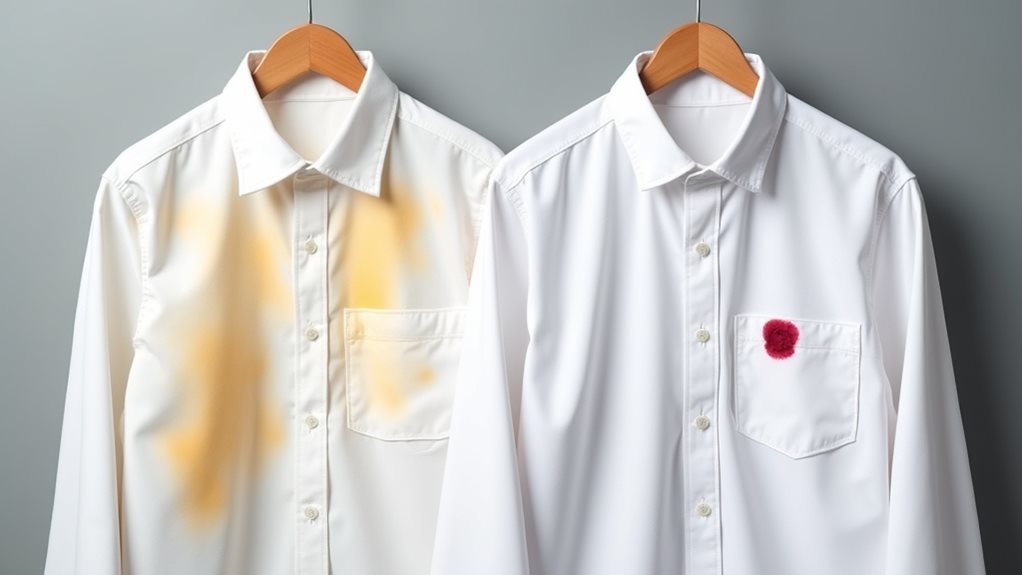
While I’d love to tell you that professional wet cleaning can handle absolutely everything in your closet, the reality is that certain situations genuinely call for specialized cleaning services, and recognizing these moments will save you from costly mistakes and heartbreak.
Your beaded cocktail dress, that gorgeous silk blouse, and your suede jacket all need delicate fabrics expertise that goes beyond home washing machines.
Professional cleaning becomes crucial when you’re dealing with “dry clean only” labels, intricate embellishments, or stubborn grease stains that laugh at your DIY attempts.
Yes, traditional dry cleaning uses chemicals that concern us, but sometimes it’s the safest cleaning method available, and knowing when to surrender control protects your investment pieces from irreversible damage. 💸
Structured garments like suits and blazers require professional attention because their interfacing materials and construction can become compromised when exposed to regular washing machines.
How to Care for Delicate Fabrics at Home

Professional services aren’t always necessary, though, and I’ve learned through countless expensive mistakes that many delicate fabrics can live happily with gentle home care.
Those “dry clean only” labels often feel intimidating, but I’ve discovered that silk blouses and wool sweaters can actually be hand-washed successfully with cool water and gentle detergent.
Here’s my foolproof approach for caring for delicate fabrics at home:
- Test first – Always spot-test hidden areas to check for color bleeding or unexpected reactions
- Group wisely – Wash similar colors and fabric types together to prevent mishaps
- Press, don’t wring – Gently squeeze water out using towels to maintain shape
- Choose air drying – Lay flat for heavy items, hang lighter pieces away from direct sunlight
Understanding when dry cleaning is necessary versus optional helps you make informed decisions about care labels and whether home washing is truly safe for your specific garments.
Choosing the Right Dry Cleaner for Your Health
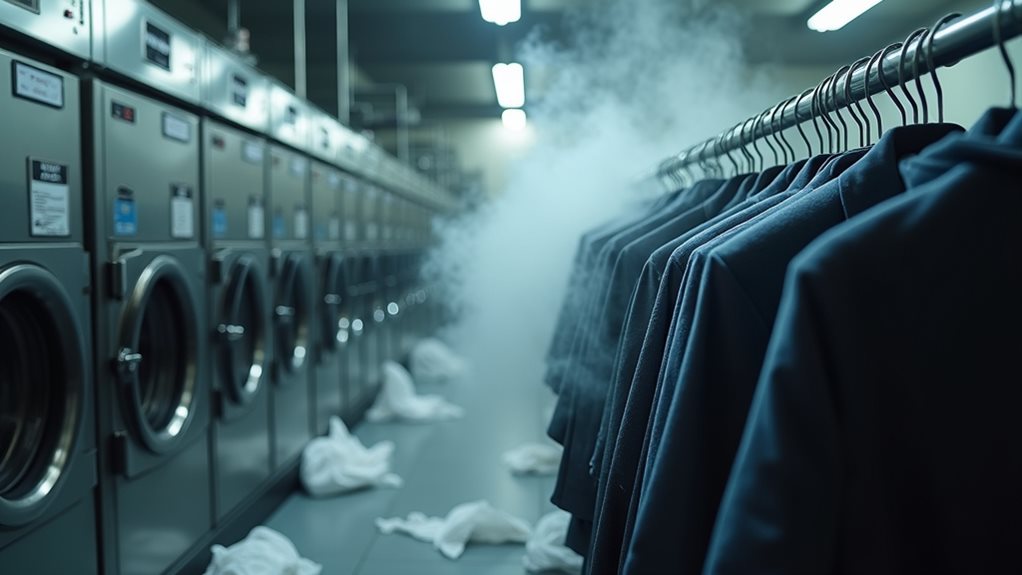
Although home care works beautifully for many delicate items, there are times when you’ll absolutely need professional help, and choosing the right dry cleaner becomes crucial for protecting both your clothes and your health.
Many dry cleaners use perchloroethylene (PERC), a chemical that’s frankly not something you want lingering on your favorite blazer. When shopping around, ask directly about their cleaning methods – don’t be shy about it!
Look for businesses advertising eco-friendly methods like liquid CO2 cleaning or professional wet cleaning. While “organic dry cleaners” sounds reassuring, these labels aren’t regulated, so dig deeper.
Seek out cleaners committed to non-toxic cleaning agents, and remember, your questions about safer practices can actually encourage businesses to make healthier changes. Modern dry cleaning facilities are heavily regulated and use advanced equipment with safety protocols to minimize health risks.
